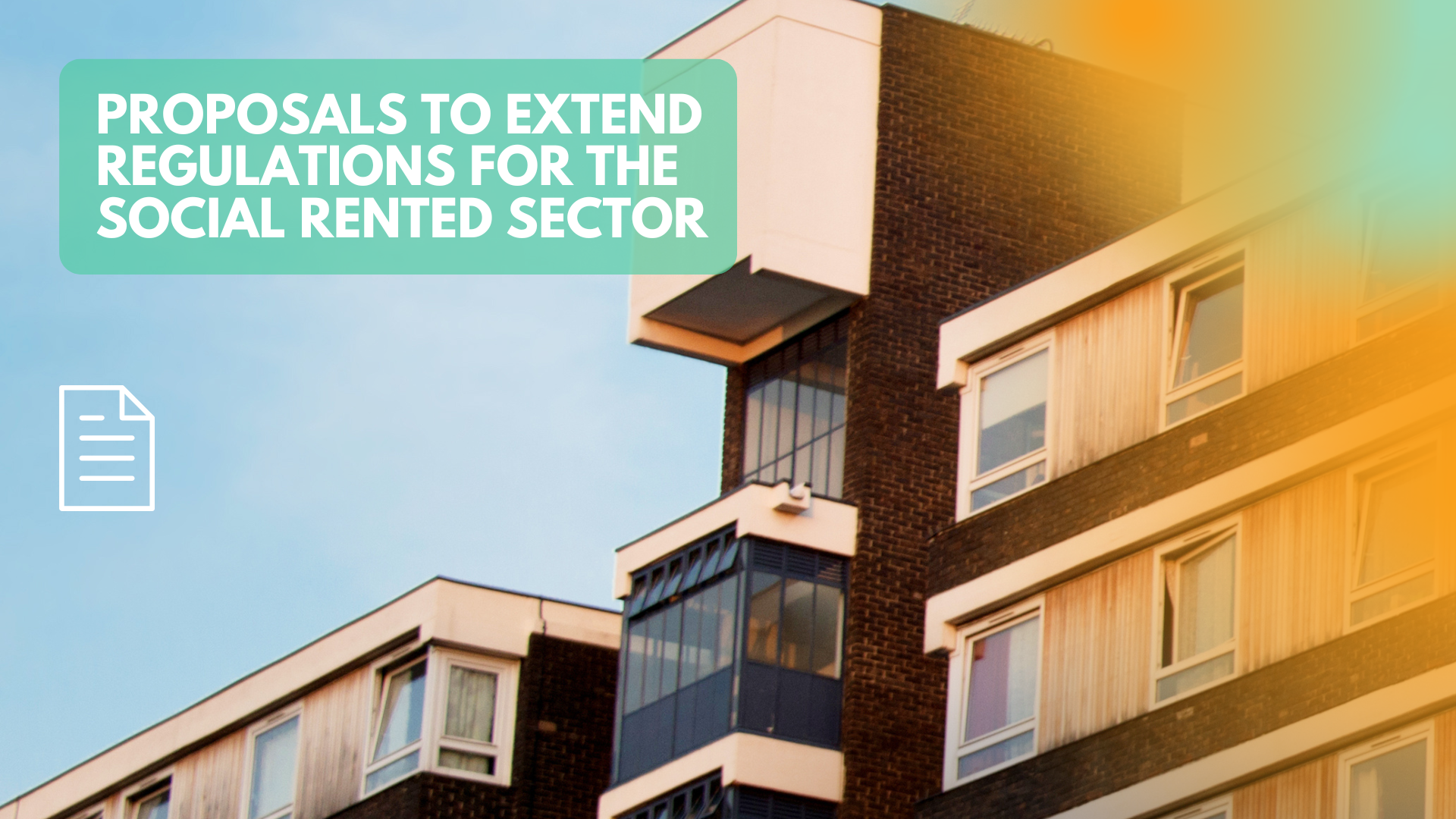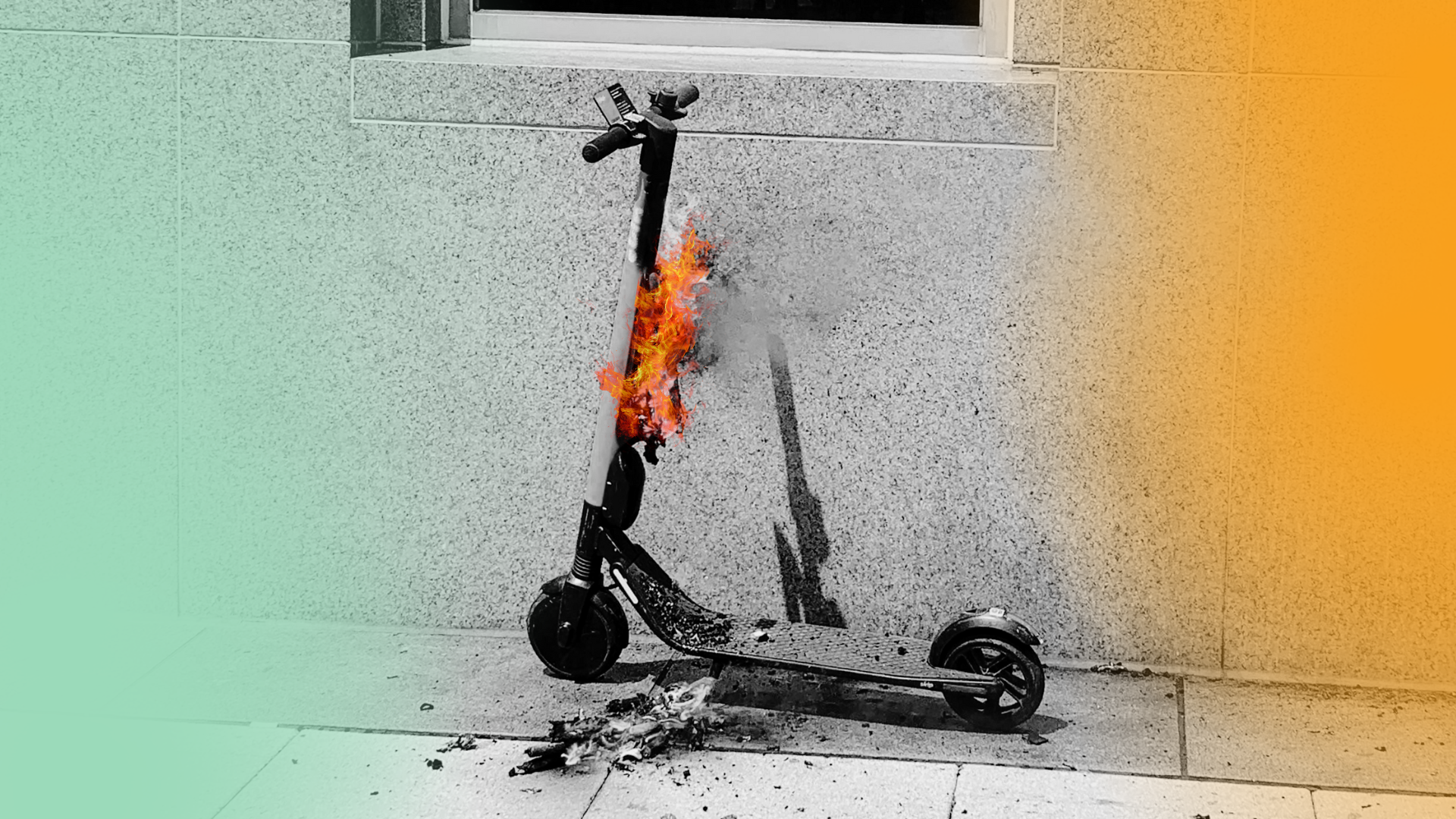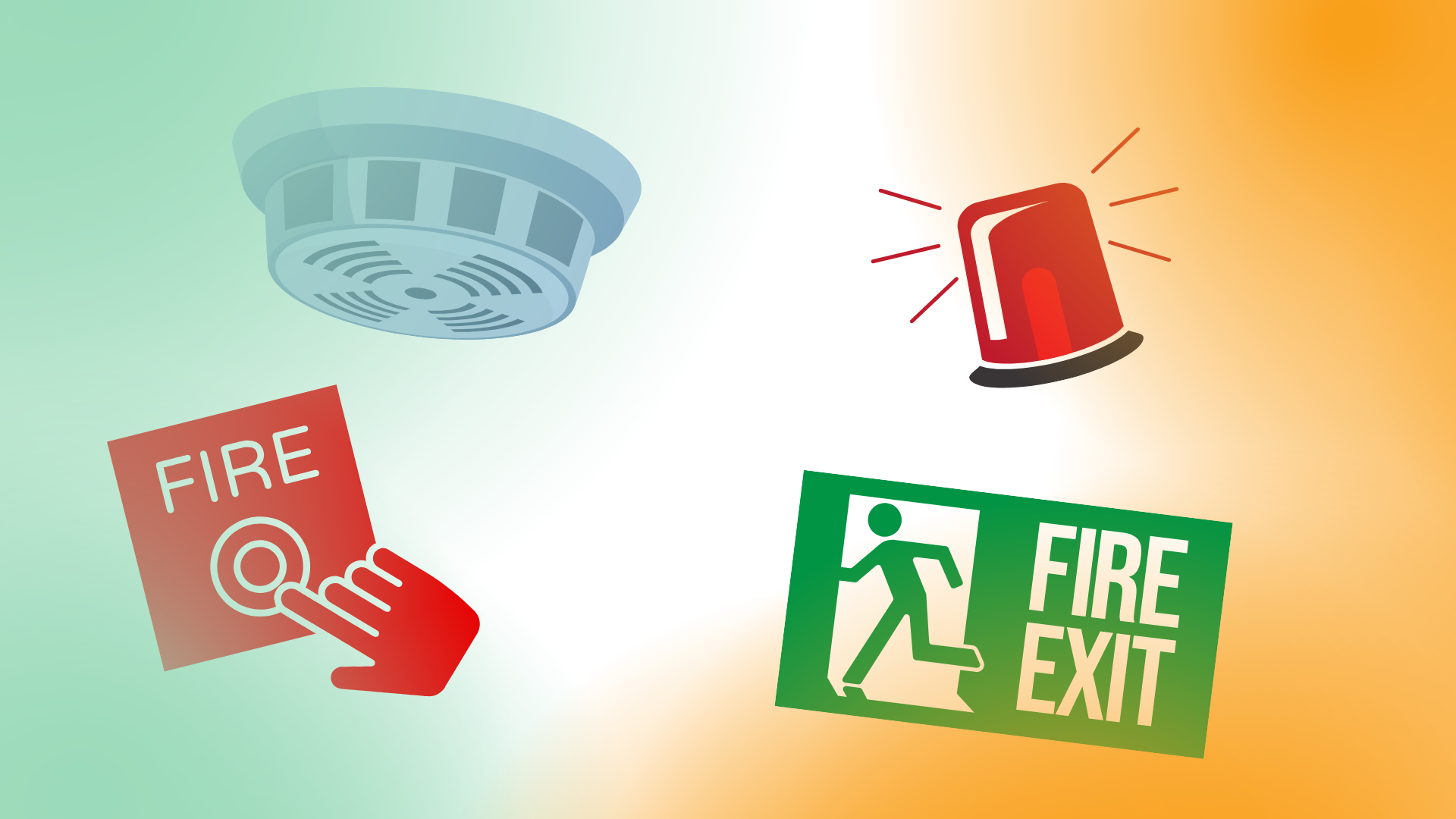FAQ: Lightning Protection Inspections
About Lightning Protection Inspections

Lightning protection systems are designed to safeguard buildings and structures from the impact of lightning strikes. These systems provide a direct path for lightning to strike and follow from the top, safely conducting the electrical charge to the ground, down the side of a building and away from the structure. This not only prevents physical damage to the building's exterior and critical infrastructure but also reduces the risk of fire, electrical surges, and other hazards that can arise from a lightning strike. Ensuring your property is equipped with an effective lightning protection system is crucial for safety and compliance, especially in areas prone to thunderstorms.
What is Lightning Protection Inspection?
Lightning protection inspection involves examining the components and system integrity of a building's lightning protection setup. This ensures the system is capable of safely conducting lightning strikes away from the structure, minimizing the risk of damage or injury.
The Law, Regulations & Standards
In the UK, the requirement for lightning protection and its inspection is guided by several regulations and standards, rather than a single legislation.
The Electricity at Work Regulations 1989 necessitate maintaining electrical systems, including lightning protections, to prevent danger.
The British Standards (BS EN 62305) detail the requirements for lightning protection system design, installation, and annual inspections.
The Building Regulations and Health and Safety Executive (HSE) guidance do not explicitly mandate lightning protection, they imply its necessity for safety in specific buildings and industries.
Compliance and the need for lightning protection are often determined based on risk assessments, considering factors like building location and type.
Why is Lightning Protection Inspection Important?
Inspection is crucial for maintaining the effectiveness of lightning protection systems, ensuring they operate correctly when needed. It helps identify wear and tear, corrosion, or any damage that might compromise the system's functionality, keeping your property and its occupants safe.
How Often Should Lightning Protection Systems Be Inspected?
UK standards recommend that lightning protection systems be inspected annually. However, the frequency can vary based on the system's age, exposure to corrosive environments, and any modifications to the building structure.
What Does a Lightning Protection Inspection Include?
A comprehensive inspection covers:
- Visual assessment of all accessible parts of the system.
- Checking for physical damage, corrosion, and secure connections.
- Testing the system's electrical continuity to ensure a clear path to ground.
- Verifying compliance with current standards and regulations.
Do All Buildings Require Lightning Protection?
Not all buildings require lightning protection. The need depends on the structure's location, height, construction materials, and use. Buildings at higher risk, such as tall structures, those in lightning-prone areas, or housing sensitive equipment, should have a lightning protection system in place.
Is Lightning Protection Inspection a Legal Requirement?
While not explicitly mandated by law for all buildings, specific industries and structures are required to have lightning protection systems inspected regularly to comply with health and safety regulations and insurance requirements.
What Happens If My Building Fails the Inspection?
If issues are found during the inspection, you'll receive a detailed report outlining the deficiencies and recommended actions. Repairs or upgrades should be carried out promptly to ensure the system's effectiveness and compliance.
Can I Inspect My Own Lightning Protection System?
Due to the complex and technical nature of these systems, inspections should be conducted by qualified professionals with the knowledge and equipment to perform thorough evaluations and testing.
How Can I Prepare for a Lightning Protection Inspection?
Ensure clear access to all parts of the lightning protection system, including roof areas and down conductors. It’s also helpful to provide any documentation or records of previous inspections.
Visit our Lightning Protection Inspection page to find out more about lightning protection services.











